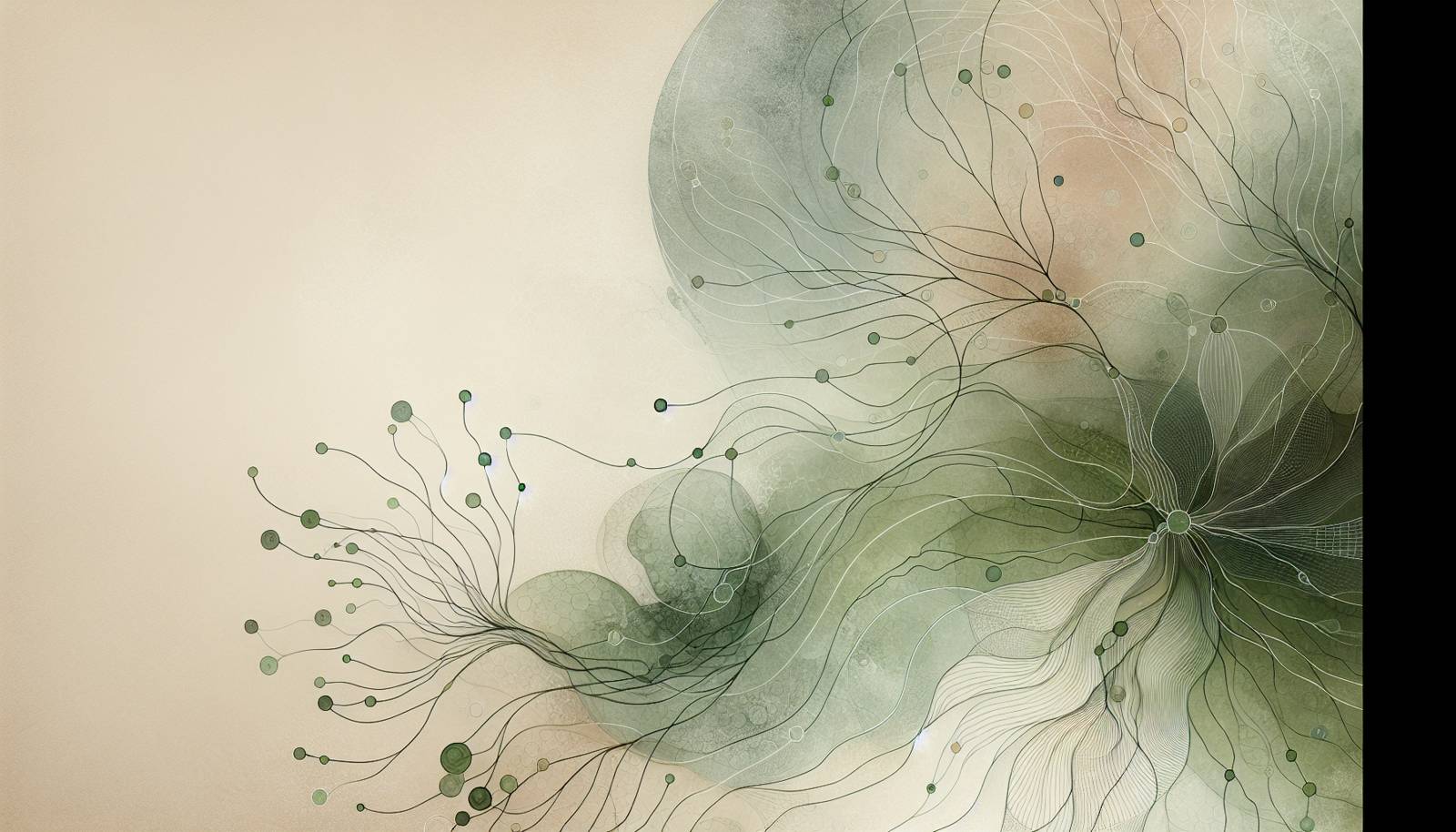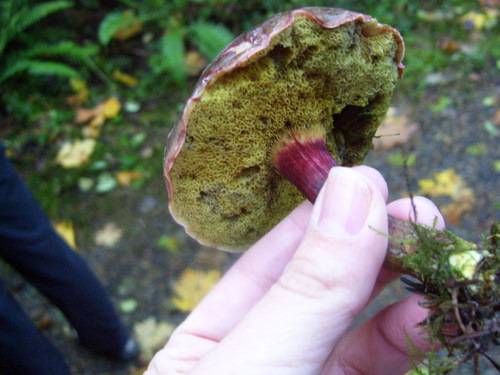
FAQ About Indoor Plant Mycorrhizal Relationships

What is a mycorrhizal relationship?
A mycorrhizal relationship is a symbiotic association between fungi and plant roots. This beneficial interaction typically enhances the plant's ability to absorb nutrients and water from the soil, while the fungus receives carbohydrates and other organic compounds from the plant.

How do mycorrhizal fungi benefit indoor plants?
Mycorrhizal fungi benefit indoor plants by increasing root surface area, which enhances nutrient and water uptake. They help plants access nutrients like phosphorus and nitrogen that are often limited in indoor environments. Additionally, these fungi can improve plant resistance to stress and diseases.

Can all indoor plants form mycorrhizal relationships?
Not all indoor plants form mycorrhizal relationships. While many common indoor plants, such as ferns, orchids, and some succulents, do engage in these symbiotic associations, certain plants, like members of the Brassicaceae family, do not. It's important to know the specific needs of your plant species.

How can I introduce mycorrhizal fungi to my indoor plants?
Mycorrhizal fungi can be introduced to indoor plants through various products like spores, inocula, or powder forms, which can be mixed with potting soil or applied to the plant's root zone. Ensure the product contains the fungi species specific to the plant you are treating.

What are signs that my indoor plant has a healthy mycorrhizal relationship?
Signs of a healthy mycorrhizal relationship in indoor plants include improved growth, vibrant green foliage, increased resistance to drought and disease, and robust flowering. These indications suggest that the plant is effectively absorbing nutrients and water.

Do mycorrhizal fungi require specific conditions to thrive indoors?
Mycorrhizal fungi thrive best in conditions that support their host plant's health. This usually involves well-draining soil, adequate moisture, and appropriate levels of sunlight. Avoid overuse of chemical fertilizers and pesticides, as they can hinder fungal growth and function.

Are there different types of mycorrhizal fungi for different plants?
Yes, there are different types of mycorrhizal fungi tailored to specific plant groups. The two main types are arbuscular mycorrhizae, which mainly associate with herbaceous plants, and ectomycorrhizae, which are common with trees. It's essential to match the correct type with your indoor plants.

Can I use chemical fertilizers with mycorrhizal fungi in indoor plants?
While it is possible to use chemical fertilizers with mycorrhizal fungi, it's important to do so sparingly. Over-fertilization can disrupt the symbiotic balance by reducing the plant's reliance on the fungi, thereby diminishing the benefits of the relationship.

How long does it take for mycorrhizal fungi to establish with indoor plants?
The establishment of mycorrhizal fungi with indoor plants can take several weeks to months. Factors such as the plant species, environmental conditions, and the method of fungi application play critical roles in the timeline for symbiosis establishment.

What happens if my indoor plants do not have access to mycorrhizal fungi?
Without access to mycorrhizal fungi, indoor plants may experience limited nutrient and water uptake, which can result in stunted growth, increased vulnerability to stress, and reduced resistance to pests and diseases. Ensuring a symbiotic partnership can significantly enhance plant health.

Can homemade potting soils support mycorrhizal fungi?
Yes, homemade potting soils can support mycorrhizal fungi, provided they are well-aerated, moisture-retentive, and nutrient-balanced. Adding organic material like compost can further support fungal colonization and overall plant health.

Is it possible to visibly see mycorrhizal fungi on the roots of indoor plants?
It is generally difficult for the untrained eye to see mycorrhizal fungi on plant roots without a microscope. However, in some cases, an increase in fine root hairs or root branching may indirectly indicate fungal activity.

Do succulents benefit from mycorrhizal relationships?
Yes, succulents can benefit from mycorrhizal relationships. Mycorrhizal fungi assist in improving water and nutrient uptake, which are crucial for succulents grown indoors where resources are typically limited.

Can mycorrhizal fungi help indoor plants resist diseases?
Mycorrhizal fungi can indeed help indoor plants resist diseases by strengthening root systems and enhancing overall plant vigor. Some fungi may also produce protective compounds or outcompete pathogenic microorganisms in the soil.

Are there any negative effects of mycorrhizal fungi on indoor plants?
Generally, mycorrhizal fungi do not negatively affect indoor plants. However, if growing conditions are suboptimal or if inappropriate fungal species are used, plants may derive limited benefits or, in rare cases, lose energy to the fungi without gaining substantial advantages.

Is there a specific time to apply mycorrhizal fungi to indoor plants?
The best time to apply mycorrhizal fungi is during planting or repotting. This allows direct contact with the root system and ensures better establishment. Application can also be done when plants are showing signs of nutrient deficiency or stress.

How can overwatering affect mycorrhizal relationships in indoor plants?
Overwatering can negatively impact mycorrhizal relationships by creating anaerobic soil conditions that inhibit fungal growth and function. It is crucial to maintain proper watering practices to sustain a healthy environment for both plants and fungi.

Can mycorrhizal fungi be used on hydroponic indoor plants?
While traditional mycorrhizal fungi thrive in soil environments, certain types may work with hydroponic systems. However, these applications are less common and require specific conditions. It is generally more effective in soil-based systems.

What is the role of phosphorous in mycorrhizal relationships?
Phosphorus plays a vital role in mycorrhizal relationships by being one of the primary nutrients that fungi help plants absorb. Mycorrhizal fungi extend the root network, accessing phosphorus in soil areas beyond the root's reach, which is especially beneficial in phosphorus-deficient environments.

Are there any indoor plants that do not benefit from mycorrhizal fungi?
Yes, certain indoor plants, particularly those from the Brassicaceae family, do not form beneficial mycorrhizal relationships. Understanding specific plant preferences is essential for optimizing growing conditions.
